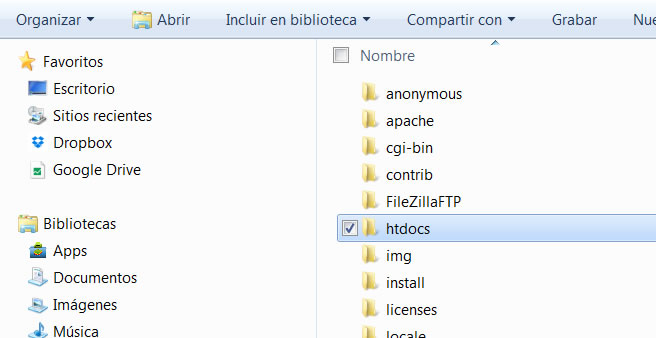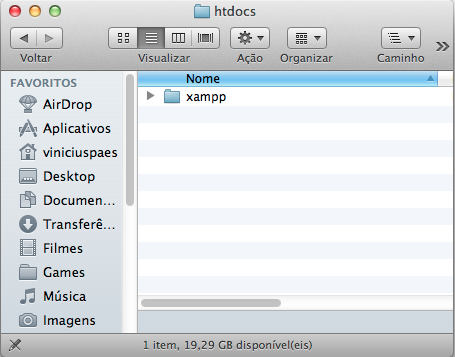

LoadModule authz_host_module modules/mod_authz_host.so LoadModule authn_default_module modules/mod_authn_default.so LoadModule authn_dbd_module modules/mod_authn_dbd.so LoadModule authn_anon_module modules/mod_authn_anon.so LoadModule authn_dbm_module modules/mod_authn_dbm.so LoadModule authn_file_module modules/mod_authn_file.so # LoadModule foo_module modules/mod_foo.so # Statically compiled modules (those listed by `httpd -l') do not need # directives contained in it are actually available _before_ they are used. # have to place corresponding `LoadModule' lines at this location so the # To be able to use the functionality of a module which was built as a DSO you # prevent Apache from glomming onto all bound IP addresses.

# Change this to Listen on specific IP addresses as shown below to # Listen: Allows you to bind Apache to specific IP addresses and/or ServerRoot "/Applications/XAMPP/xamppfiles" # httpd daemons, you will need to change at least LockFile and PidFile. If you wish to share the same ServerRoot for multiple # ServerRoot at a non-local disk, be sure to point the LockFile directive # Do not add a slash at the end of the directory path. # configuration, error, and log files are kept. # ServerRoot: The top of the directory tree under which the server's # server as "/Applications/xampp/xamppfiles/logs/foo.log". # with ServerRoot set to "/Applications/xampp/xamppfiles" will be interpreted by the # with "/", the value of ServerRoot is prepended - so "logs/foo.log" # of the server's control files begin with "/" (or "drive:/" for Win32), the # Configuration and logfile names: If the filenames you specify for many # Do NOT simply read the instructions in here without understanding # for a discussion of each configuration directive. # configuration directives that give the server its instructions. # This is the main Apache HTTP server configuration file. For example, in many linux OS's the web server user is 'apache', 'nobody', or 'Fix above directory permissions and then click the 'Check Again' button to re-check directories. In linux, recommend changing owners of these directories to the web server. You can't proceed until all directories are ready. '/Applications/XAMPP/xamppfiles/htdocs/interface/main/calendar/modules/PostCalendar/pntemplates/cache' directory is ready. '/Applications/XAMPP/xamppfiles/htdocs/interface/main/calendar/modules/PostCalendar/pntemplates/compiled' directory is ready. '/Applications/XAMPP/xamppfiles/htdocs/gacl/admin/templates_c' directory is ready. '/Applications/XAMPP/xamppfiles/htdocs/custom/letter_templates' directory is ready. '/Applications/XAMPP/xamppfiles/htdocs/library/freeb' directory is ready. (configure directory permissions see below for further instructions) UNABLE to open directory '' for writing by web server. '/Applications/XAMPP/xamppfiles/htdocs/documents' directory is ready. '/Applications/XAMPP/xamppfiles/htdocs/interface/globals.php' file is ready.Įnsuring following directories have proper permissions… '/Applications/XAMPP/xamppfiles/htdocs/library/sqlconf.php' file is ready.

We will now ensure correct file and directory permissions before starting installation:Įnsuring following files are world-writable…
#Xampp for mac will not transfer to htdocs manual
Please read the 'Upgrading' section found in the 'INSTALL' manual file.

* If you are upgrading from a previous version, do NOT use this script. * Detailed installation instructions can be found in the 'INSTALL' manual file. * Before proceeding, be sure that you have a properly installed and configured MySQL server available, and a PHP configured webserver. This utility will step you through the installation and configuration of OpenEMR for your practice.


 0 kommentar(er)
0 kommentar(er)
